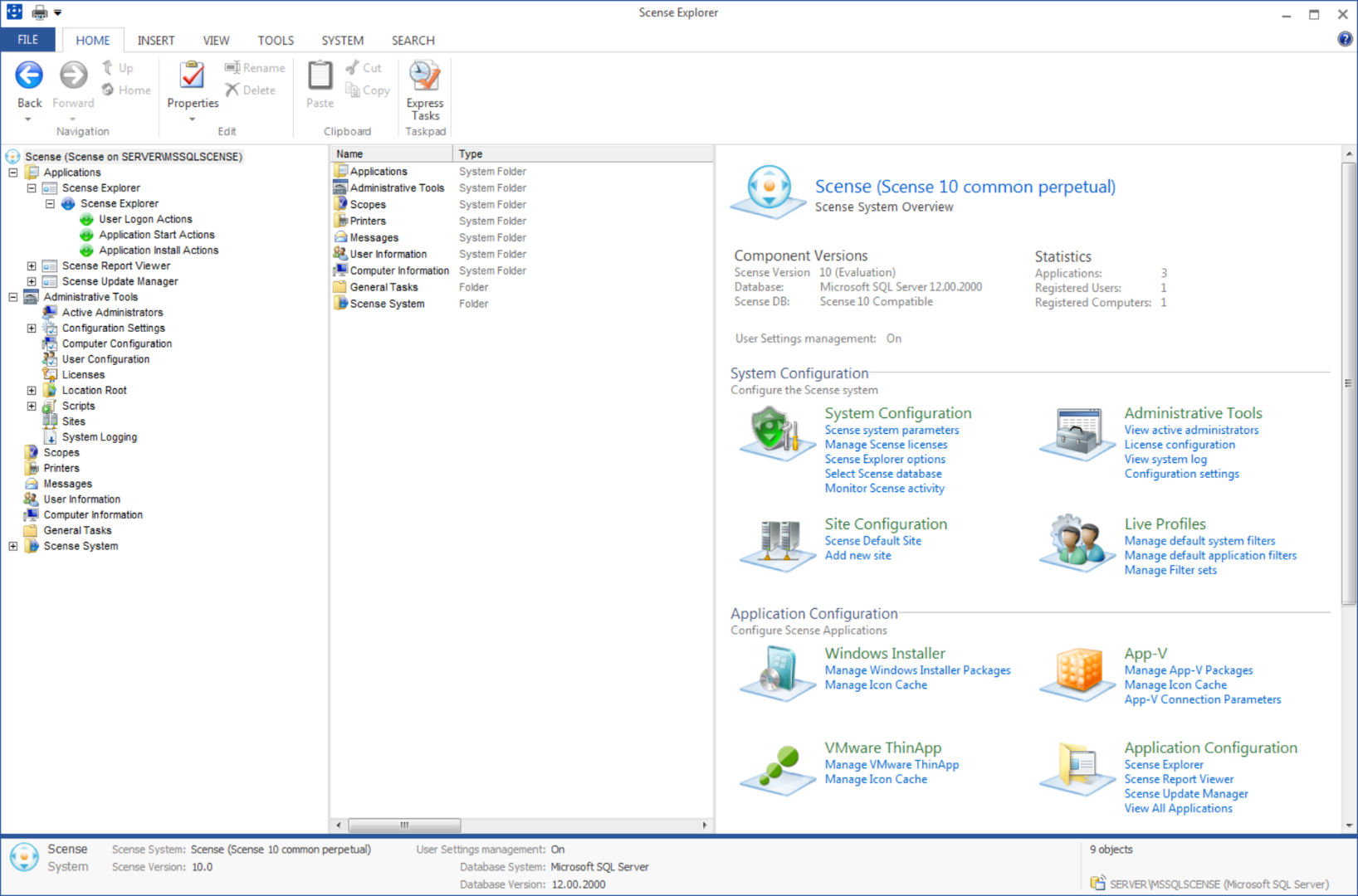Benefits for Education
A tale out of schoolEight days in one day
Schools are a special kind of organization when it comes to IT management. Computers are easily outnumbered several times by their users. Desktop configurations are thoroughly ‘tested’ by these users and there seem to be around eight working days, every day, judging by the massive signing in and -out every hour. Besides the desktops for students, there are special configurations for their teachers, yet another configuration for supporting staff, and don’t forget the digital assessments that require locked-down workstations that simply cannot fail. This calls for special attention to details, a vivid imagination and Scense Workspace Management.
Scense Workspace Management
It’s hard to imagine an IT environment more diverse and complex than the ones in larger educational organizations. It seems that no boundary remains un-pushed and quite often standard solutions won’t suffice. IT administrators in these schools and universities know how they would like to solve certain problems, and with Scense they’re able to make it work. Next to the extensive application delivery capabilities, the Scense runtime system offers a host of tools that allow for specialized automation and integration.
"With Scense we could provision our new building in just one day."
Mondriaan college
Challenges
Software incompatibility
How?
Roaming users & applications
How?
New generation of computer users
How?
Bring Your Own Computer
How?
Keeping up with technology
But on a more elementary note, should teachers allow students to take notes on their laptops when neuroscientists indicate that the act of typing-while-listening is very inefficient and note taking should rather be done in handwriting preferably after the teacher has finished speaking.
Start Improving Your User Experience Today
- Decrease IT-management effort
- Lower operational costs
- Bring down helpdesk calls
- Increase overall IT management level
- Improve overall performance and reliability
- Improve the User Experience

